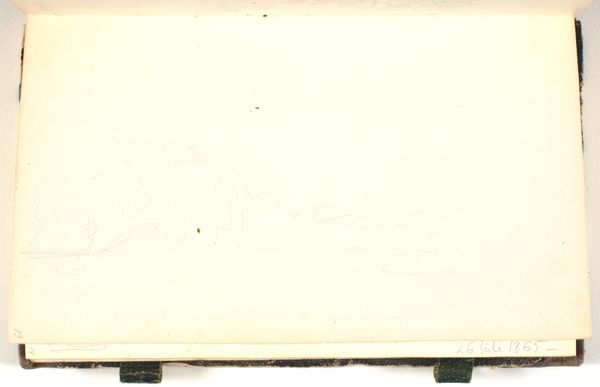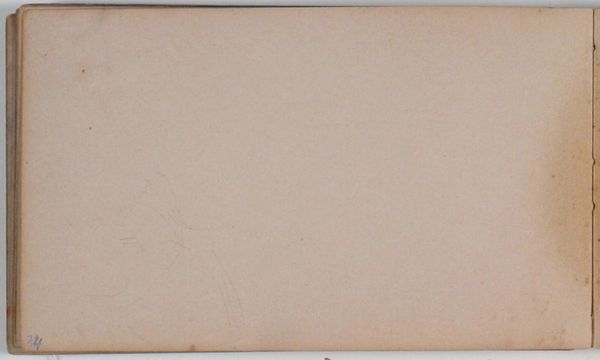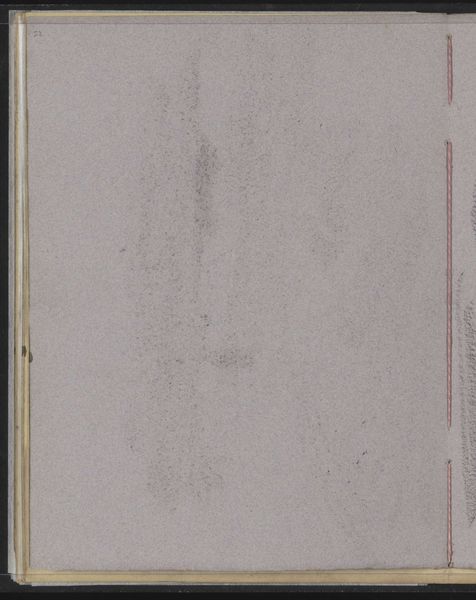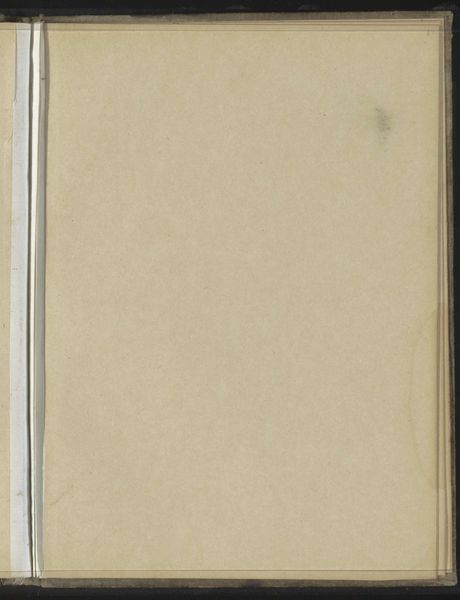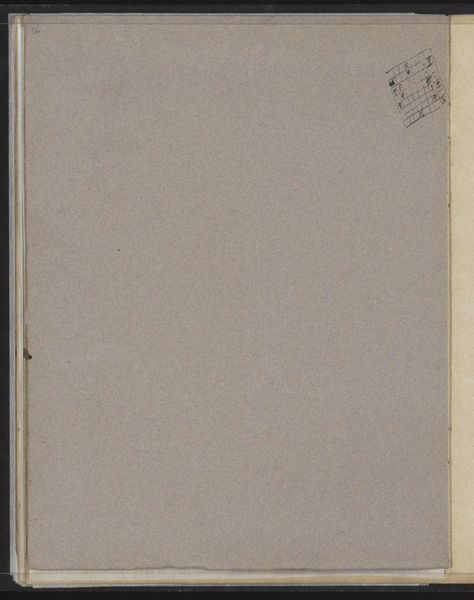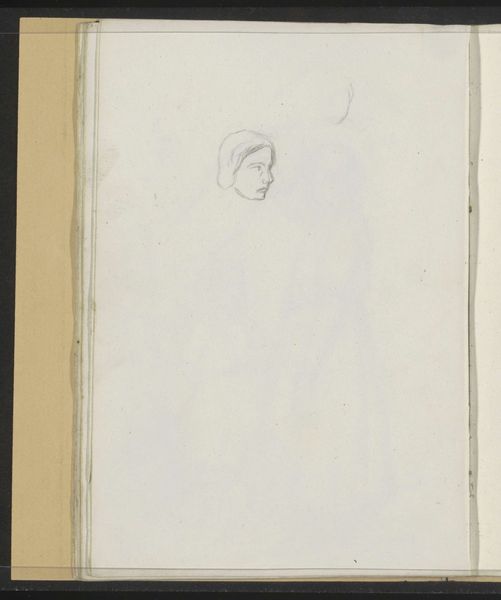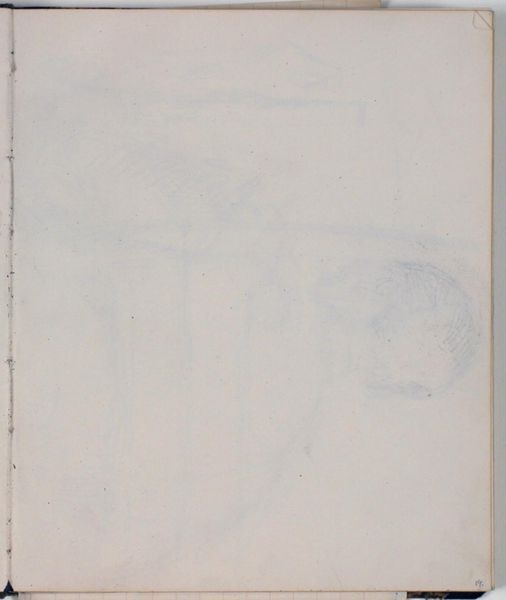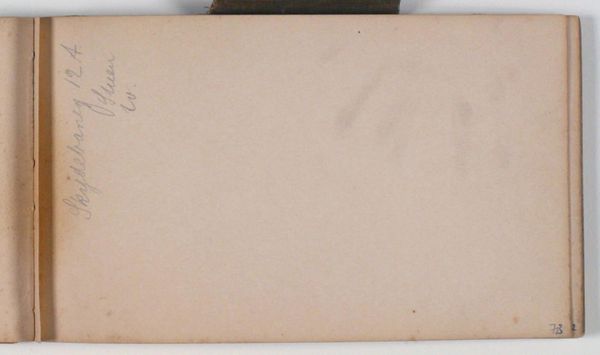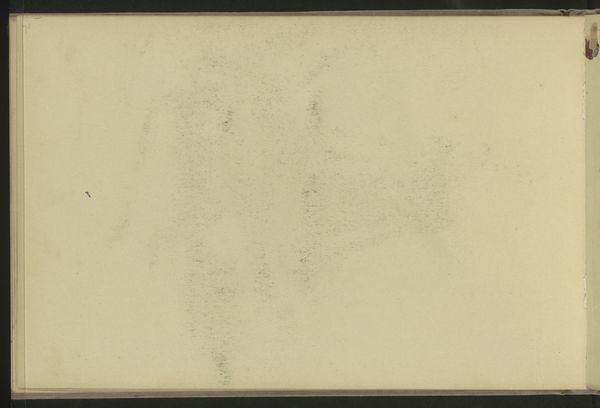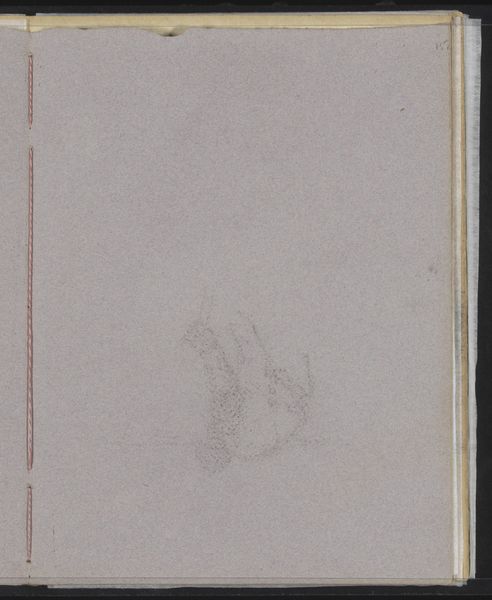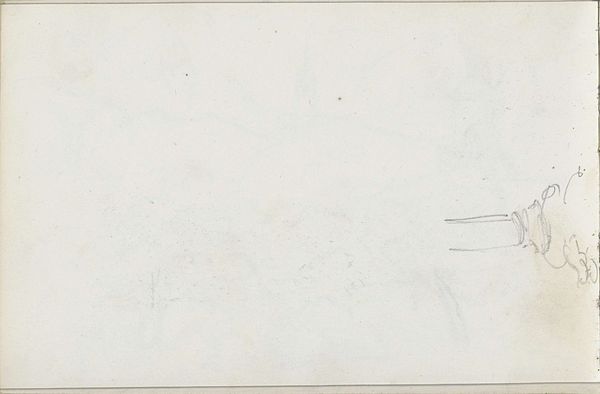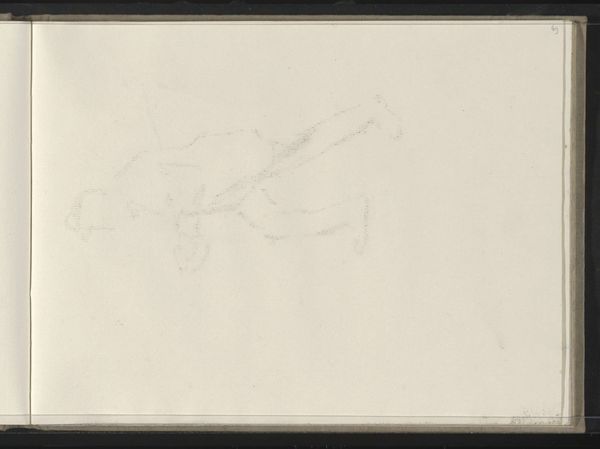
drawing, paper, pencil
#
portrait
#
drawing
#
figuration
#
paper
#
pencil
Copyright: Rijks Museum: Open Domain
Curator: This minimalist pencil drawing, titled "Staande figuur," comes to us from the hand of Jozef Israëls, active between 1834 and 1911. It’s currently held in the Rijksmuseum collection. Editor: There's such loneliness conveyed by this lone figure. He's small, almost swallowed by the blank paper. It speaks volumes about isolation. Curator: Indeed. Israëls often used the human figure to convey universal emotions, drawing on a visual language understood across different cultural backgrounds. This pose evokes vulnerability, don't you think? The downturned head, the hesitant lines. Editor: Absolutely. I wonder about the historical context? Given Israëls' era, I'm immediately thinking about societal pressures and gender roles. Could this figure represent the burdens placed upon individuals? Perhaps specifically on working-class individuals who were systemically marginalized in his period? Curator: It's a fascinating interpretation. The simplification, the sketch-like quality of the drawing invites multiple readings. Consider how Israëls employed shadow. While minimal, the careful application around the figure suggests weight, almost sorrow. We find these cues elsewhere in his oeuvre; consider how consistent the visual codes were for expressing grief and empathy. Editor: It's true. While the piece appears simple, there’s real artistry in how Israëls guides our perception of form. How does he evoke so much with such limited visual language? You know, for me, it is as if he were creating something deeply intersectional, speaking across experiences of class, gender and personhood at a time where some had yet to be widely explored in art. Curator: Perhaps that is what allows it to be so affecting for such a wide contemporary audience; by stripping the image of everything nonessential, the artist speaks through archetype. It transcends a moment in history. Editor: So, in its quiet way, the artwork engages with urgent questions about human dignity, representation, and how society's structures can affect one's place. I do see those concerns as timeless, don’t you? Curator: Indeed. I am so intrigued by your thinking of the work in that respect. We tend to see the social realities in a constant state of flux, but here, perhaps not that much has shifted. Editor: Well, I leave contemplating those enduring dynamics; I thank you!
Comments
No comments
Be the first to comment and join the conversation on the ultimate creative platform.
